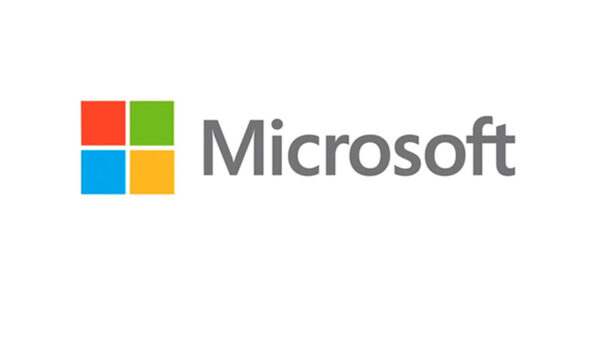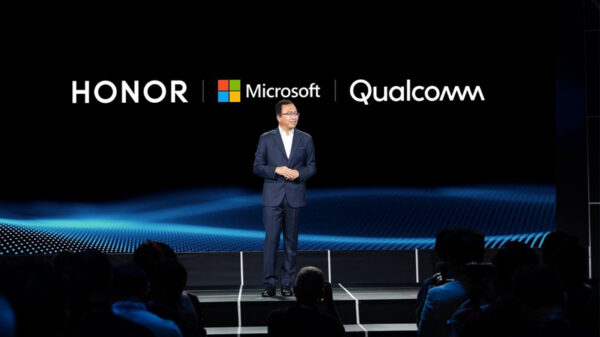Microsoft has officially started the one-year countdown to the end of support for Windows Server 2003 and Windows Server 2003 R2 that will happen on 15 July 2015. Organizations still running on Windows Server 2003 have 365 days to migrate their servers in order to avoid security, compliance, additional costs and compatibility risks.
The 11-year-old server operating system powers IT infrastructures of many organizations in Asia Pacific, providing computing workloads for all kinds of enterprise applications supporting email, web and Line of Business applications.
According to Spiceworks, a global professional network of more than 5 million IT Professionals, 60% of organizationswho use its tools in the Philippines are still running at least one instance of Windows Server 2003 as of June 2014.
“The data paints a clear picture of Windows Server 2003 usage across the region and highlights the popularity the operating system has enjoyed the last 11 years,” said Kathryn Pribish, Voice of IT program manager at Spiceworks. “However, the rise of cloud computing and a more mobile workforce have changed technology environments and forced IT departments to rethink how they address challenges within their organization. Microsoft’s announcement not only signals the end of support for Windows Server 2003, but it also provides an opportunity for IT departments to build a new, more flexible environment ready to meet the demands of the future.”
In accordance with Microsoft’s Product Support Lifecycle Policy, assisted support, including updates and patches, from Microsoft will no longer be available after 15 July 2015. While companies can continue to run Windows Server 2003 after this date, this leaves servers and applications vulnerable to security threats and downtime, and may no longer meet compliance requirements.
Maintenance costs for aging hardware will also increase along with costs for intrusion detection systems, firewalls and network segmentation.
The technology landscape has changed dramatically in the 11 years since Windows Server 2003 was first released. The advent of cloud computing enabling trends like mobility and big data have put huge demands on IT infrastructure. Add that to the need to be agile while still managing costs, it is clear that Windows Server 2003 is not optimized to meet current business needs.
Joel Garcia, Server & Tools Business Group Lead: “Microsoft has been proactively communicating to its Windows Server 2003 customers directly about the impeding end of support. While it’s very common for customers to manage a mixed environment of old and new, with a year to go, it istime for IT decision makersto accelerate their move to the cloud. A typical server migration takes 200 days while an application migration takes over 300 days. The good news is that there is a clear path for migration to a Microsoft cloud-enabled platform whether it is an on-premise private cloud, public cloud or through a service provider. “
Organizations can upgrade to Microsoft’s Windows Server 2012 R2 and System Center 2012 R2 where Microsoft’s investments into new technologies like compute, storage, management, network virtualization,access and information protection, web and application platformsare available. In addition, customers have access to thescalability and flexibility of Microsoft Azure and Office 365 services which will ensure they can significantly optimize cost and drive agility of their IT services.
He continued “CIOs today need a modern cloud-based IT infrastructure to power the rising demand for apps, mobility and data insights. With technology now truly an indispensable part of business, it is time for CIOs to migrate to the mobile first, cloud first era. Microsoft is unique in our vision, which is based on providing choice of on-premise, hybrid or a full cloud platform based on customer needs.”
Enabling the Move to the Cloud Platform
A server operating system upgrade can be challenging but Microsoft has worked to ease the migration for customers in three ways:
1. Provided training and tools to partners in Asia Pacific to build capacity and capability to manage complex projects, especially those involving server and application migrations. For example, HP and Microsoft have developed a complete portfolio of IT product solutions, industry-leading services, support, training and financing that provide best in class solutions for customers as they transform and expand their business environments. Also, Dell Services highlighted its new Windows Server 2003 Migration Service.
2. Launched the Windows Server 2003 end of support countdown website which provides customers with guidance for the entire migration process along with information about the services and tools available,and provides. These services, from assessment andtraining, through to comprehensive platform migration services andrisk management, help customers prepare for a mobile-first, cloud-first world.
3. A Migration Planning Assistant is also available to help organizations analyze their Windows Server 2003 workloads and generate a summary report showing recommendations and Microsoft partner offerings.
For organizations moving their applications and other workloads to the public cloud can choose Microsoft Azure, an open and flexible cloud platform that enables organizations to quickly build, deploy and manage applications across a global network of Microsoft-managed datacenters. App developers can build applications using any language, tool or framework, with the ability to also integrate these public cloud applications with the existing IT environment.
Organizations running email and communications workload on Windows Server 2003 can move to Office 365, a cloud-based productivity and communications service that include access to Office applications plus other productivity services, such as Lync web conferencing and Exchange Online hosted email for business, and additional online storage with OneDrive and Skype.











































































































